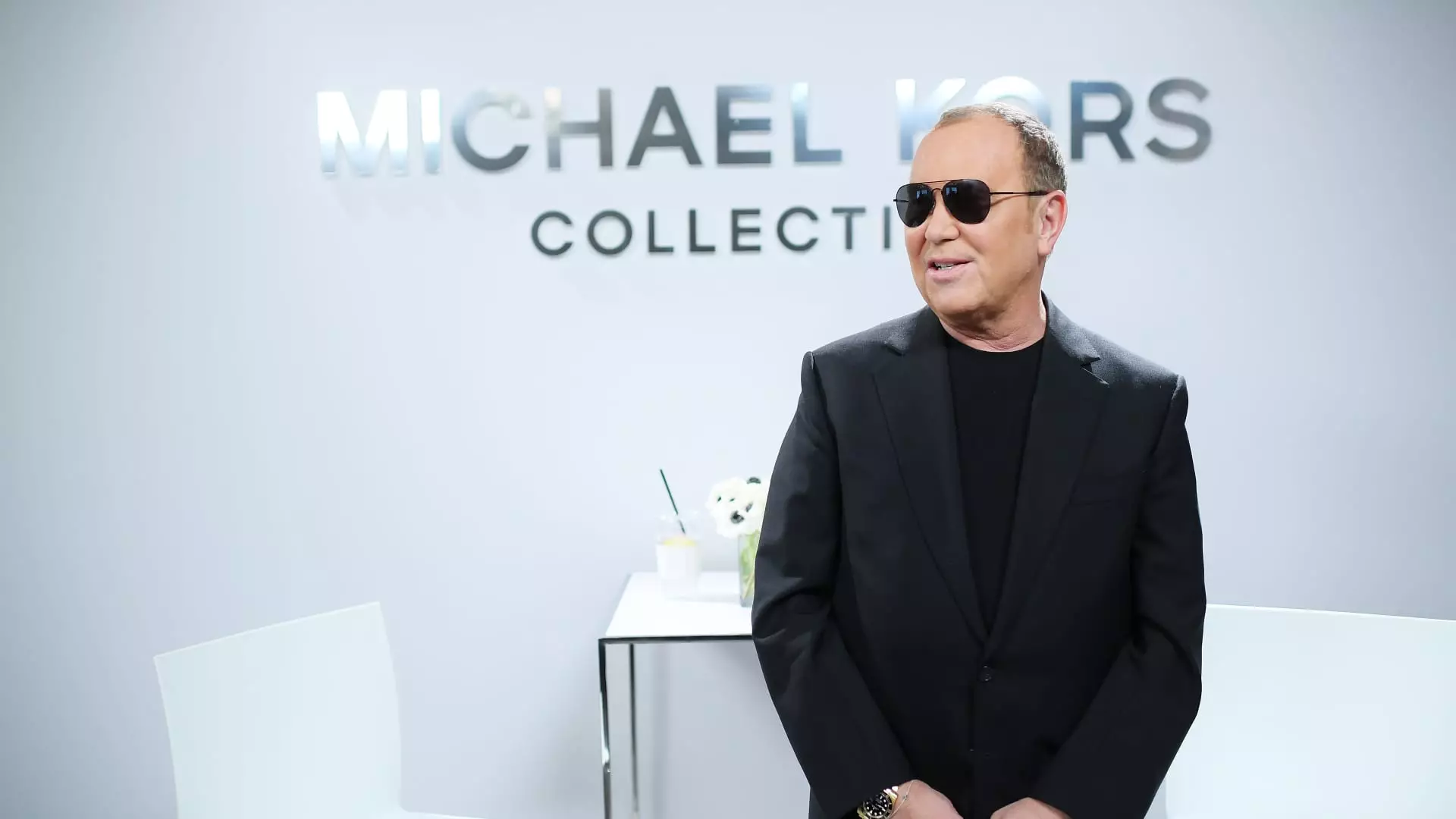In an era where fashion trends can shift as quickly as the latest TikTok sensation, maintaining relevance has become an increasingly complex endeavor for designers and brands alike. This was starkly illustrated during a pivotal federal trial held in New York City, where acclaimed fashion designer Michael Kors addressed the challenges that even established names face in a market driven by viral content and celebrity endorsements. The trial stems from the Federal Trade Commission’s (FTC) lawsuit aimed at blocking Tapestry’s ambitious $8.5 billion acquisition of Capri Holdings, a deal that would unite brands like Coach, Kate Spade, and Michael Kors under one corporate umbrella.
Kors’s testimony illuminated the pressures of consumer attention in the fast-paced fashion world. “Sometimes you’ll be the hottest thing on the block,” he remarked, reflecting the uphill battle brands have in not just capturing but sustaining consumer interest through fluctuating tastes and preferences. His acknowledgment of “brand fatigue” resonates with many in the industry who fear that oversaturation in a bustling marketplace can lead to diminished consumer passion.
The FTC’s case highlights broader concerns regarding market consolidation in the fashion industry. If the merger between Tapestry and Capri is validated, it would create a powerful conglomerate that could potentially manipulate pricing structures and streamline competing offerings. Kors’s participation in the trial serves as more than just a legal formality; it underscores the anxiety within the fashion community regarding how such a merger could stifle competition.
While the FTC contends that having Coach and Michael Kors under one brand could disadvantage consumers through escalated prices and inferior products, Tapestry’s attorneys have drawn attention to changing consumer behaviors that complicate this narrative. With the rise of diverse retail outlets ranging from opulent luxury brands to accessible fast-fashion options, consumers wield unprecedented power and choice. This fragmentation of the market complicates the FTC’s argument, suggesting that the landscape is not as consolidated as it might seem.
As Kors took the stand, he underscored the stark reality of revenue challenges for his brand. Recent reports indicate a significant decline in sales, with Michael Kors’s revenue plummeting by 14.2% compared to the previous year. This sharp downturn parallels the broader economic climate in which consumers are increasingly conscious of their spending. Further complicating matters, Capri Holdings, the parent company of Michael Kors, has experienced a substantial drop in share value—24% year-to-date as of the time of this trial.
Kors’s candid reflection on the diminished allure of his brand serves as a reminder that even legacy designers must continuously adapt or risk appearing outdated. In a marketplace awash with novelty—evident in other emerging handbag brands he cited, like Aupen—staying ahead of trends can no longer be left to intuition alone; it requires an active engagement with consumer sentiment, trends, and the competitive landscape.
To navigate this shifting landscape, Kors emphasizes his commitment to innovation and learning. He remains an avid observer of the fashion space, often steeping himself in the experience of retail firsthand. By spending time in stores and engaging with shoppers, he aims to glean insights that can inform his design philosophy and brand direction. Drawing inspiration from influences including celebrities and social media, he acknowledges the importance of adapting quickly to emerging trends. For instance, spotting Taylor Swift carrying a newcomer’s handbag compelled him to learn more about the brand and its rise in popularity—an instance showcasing both inspiration and the practical implications of sudden market shifts.
Additionally, former Macy’s CEO Jeff Gennette’s observations echo Kors’s sentiments. Gennette noted the impact of brand popularity on retail sales, illustrating just how intertwined a brand’s health is with consumer engagement and market trends.
The ongoing trial serves as a pertinent reminder of the complexities inherent in the fashion industry today. As Michael Kors testifies about his journey and the broader implications of market consolidation, he lays bare the reality that even the most storied brands must grapple with reinvention and competition. With consumer preferences evolving and price sensitivity on the rise, the future of fashion will undeniably demand brands and retailers to innovate and connect with their audiences in profound new ways. The outcome of this trial may bring a tipping point in how brands navigate these challenges, but one thing remains clear: the fashion world will continue to be a place of constant evolution and dynamic change.


Leave a Reply